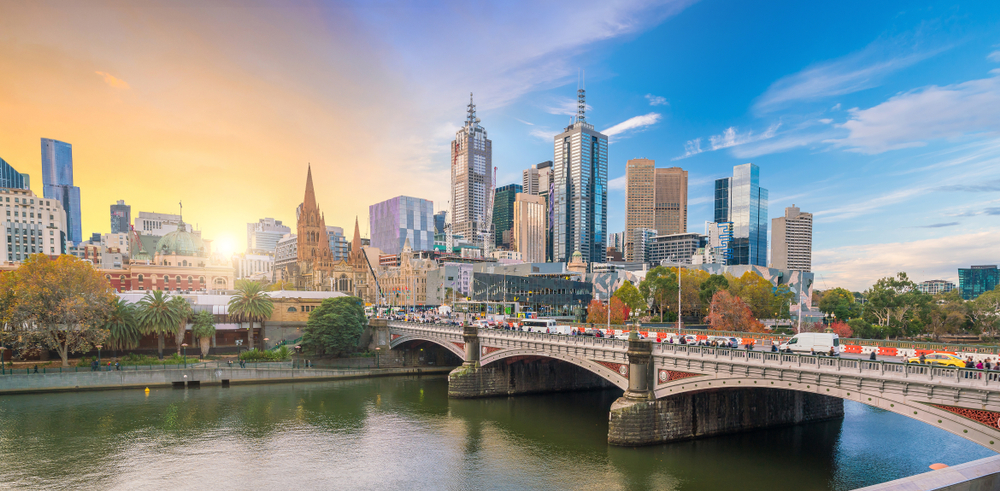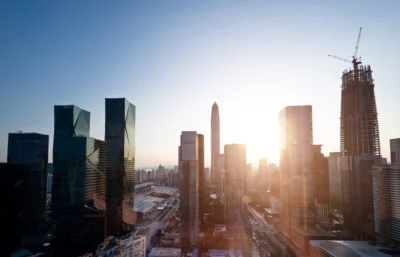Office investments top Australia’s commercial real estate sector as foreign investors return
Foreign buyers were responsible for 38 percent of all deals in Q1 2022

Commercial Real Estate reported that after two years, overseas investors are gradually returning to Australian commercial real estate markets, with premium buildings in Melbourne and Sydney’s CBDs seeing an influx in investors.
Hong Kong investors led the comeback with AUD1.28 billion (USD867.8 million) in sales during the 2022 March quarter, followed by the United States with AUD490 million (USD332.2 million). Taiwan comes in third with AUD426 million (USD288.8 million). South Korea ranks fourth with AUD312 million (USD211.5 million), and Singapore ranks fifth with AUD215 million (USD145.8 million).
Office investments in the March quarter of 2021 were at AUD2.74 billion (USD1.9 billion). During the same period this year, it went up by 59.5 percent, reaching AUD4.37 billion (USD3 billion). This could be attributed to the return of foreign investors, as Fergal G. Harris, JLL’s head of capital markets Australia noted, “Foreign investors have also been active in the Australian commercial market in 2022.”
More: Australia’s office market showed strong growth rate in Q1 2022; Q2 to easily exceed 2021’s
Foreign buyers were responsible for 38 percent of all deals in Q1 2022, according to JLL. Offshore volumes reached AUD2.8 billion (USD1.9 billion).
Since flexible models have become the norm, more employees prefer to work remotely, according to The Sydney Morning Herald. As a result, the competition between suburban offices and CBDs intensifies.
Rents in the fringes and suburban areas are on average AUD800 (USD542) per sq m for Grade A space, partly due to higher incentives of 35 to 40 percent, easy access to public transportation, and parking spaces.
Grant Nichols, Centuria’s head of office and fund manager for the ASX-listed Centuria Office REIT, confirmed this, saying, “Investors see value in the metro office markets thanks to their comparatively affordable rental values, which are viewed as more sustainable, while providing greater opportunity for growth.”
“In today’s current economic climate, tenants are also looking for quality, affordable office accommodation to provide an opportunity for enhanced collaboration and potential expansion. Metropolitan markets can provide that,” he added.
The Property Report editors wrote this article. For more information, email: [email protected].
Recommended
Foreign demand recalibrates in Southeast Asia housing markets
Even amid global headwinds, Southeast Asia’s property markets hold appeal for foreign buyers
Tariffs and turmoil test Singapore homes as suburbs hold firm
Foreign levies, regional wars, and buyer fatigue are putting pressure on the city-state’s housing market
Gulf luxury markets lure global capital amid policy shift
Gulf nations are shaking off a reputation for overt bling to lead a post-pandemic luxury boom
China housing slump deepens as oversupply drags prices
Concerns remain over surplus inventory built by troubled property developers as prices continue to fall across all but a handful of major cities






